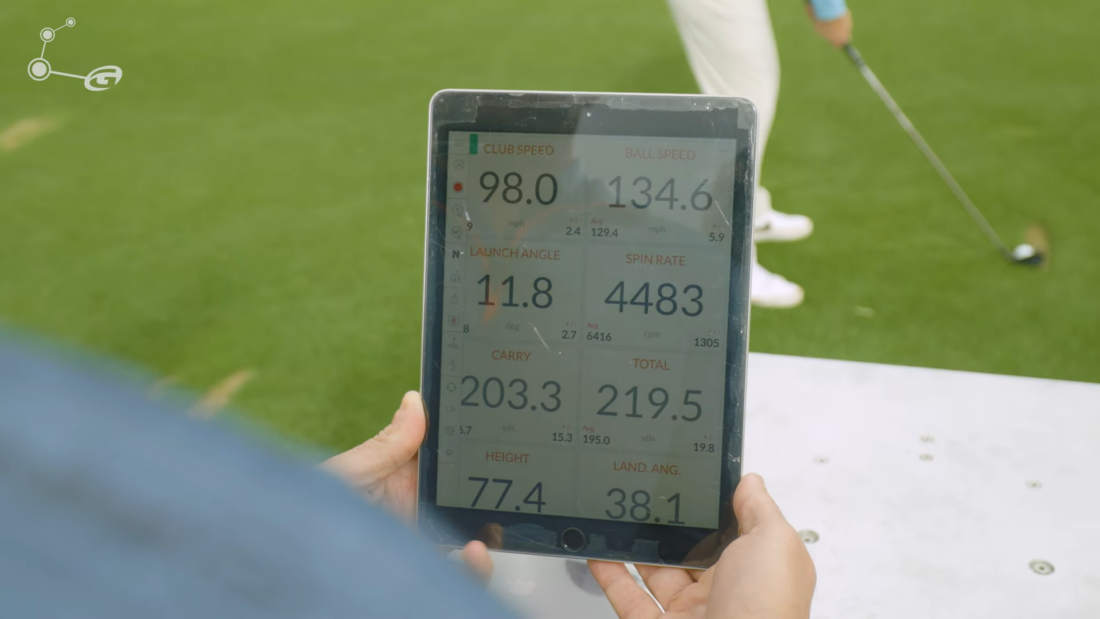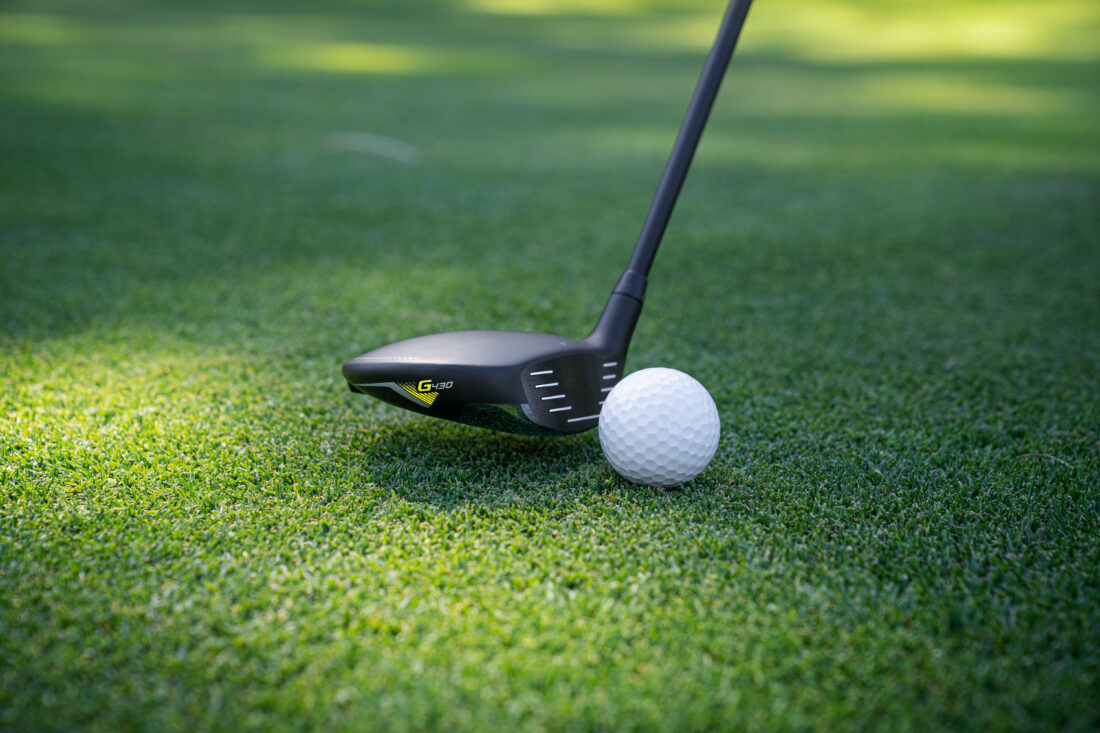This Data Also Helps PING Design New Clubs
By Ryan Gager
Shot tracking is becoming increasingly popular in golf as players look to leverage data to improve their club fittings. By analyzing millions of shots taken during on-course play and fitting sessions, golf manufacturers are able to gain insights into the needs of everyday golfers and develop products that cater to their specific requirements.
On Course Play
Marty Jertson, Vice President of Fitting and Performance at PING, notes that the company has always been interested in measuring what everyday golfers are doing on the course. In the past, they used scorecards to track progress after fittings, but found that there was too much bias and inconsistency in the data. However, with the advent of tracking apps and a partnership with Arccos, PING is now able to mine data from their players just like the PGA Tour’s ShotLink system.
One question that PING’s data scientists have asked is where golfers are hitting most of their shots on the course. They found that, regardless of whether a player is a long hitter or a short hitter off the tee, the majority of approach shots are distributed around 150 to 155 yards. This information allowed PING to redesign their G430 iron to provide smaller gaps where players are hitting most of their approach shots.
Check out why it’s important to get fit for proper clubs, even if you’re a beginning golfer!

Proper Gapping
Another issue that PING has addressed is the gap between a player’s three wood and their mid-iron. Not everyone has access to hit all the clubs or the time to do so during a fitting, so PING is developing tools to help players get fit for their seven iron and then predict and project how they would hit their long irons, hybrids, or high-lofted fairways. This virtual fitting process uses all of PING’s player test data and physics engines to generate algorithms that accurately and precisely predict a player’s performance with different clubs.
PING’s data also shows that the average player should end their iron set at a five-iron, and some players may even end at a six-iron. This is why PING builds their hybrids up to a six-hybrid, and advises players not to be afraid of transitioning to high-lofted hybrids or fairways earlier than they are used to. Many Tour players now use seven-woods and similar clubs to great effect.

In conclusion, shot tracking and data analysis are revolutionizing golf club fitting. Manufacturers like PING are leveraging this data to gain insights into what everyday golfers need from their equipment, and then using that information to develop products that cater to those requirements. With virtual fitting tools and the ability to predict performance with different clubs, golfers can now make more informed choices about the equipment they use, leading to better results on the course.
Check out more club fitting videos from GOLFTEC below.
Interested in more instructional content from GOLFTEC?
Fill out the form on this page and you’ll be subscribed to future emails with great videos, tips, drills, and more.
A local Coach will also contact you to discuss your game and how lessons or a fitting at a local Training Center may benefit you.










